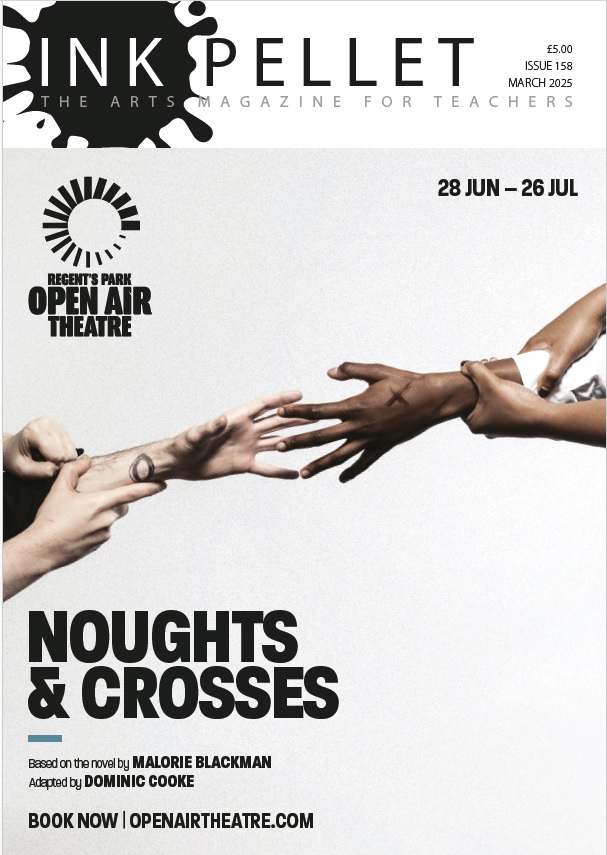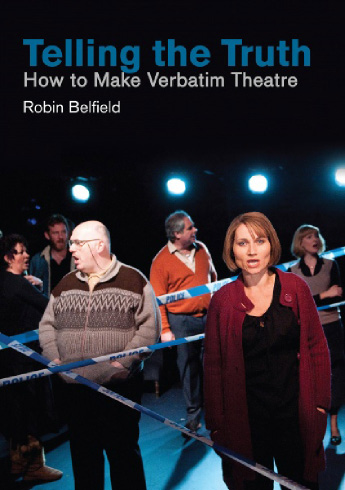Published by Nick Hern Books
In the early 1990s, Anna Deavere Smith, an American actress and playwright raised eyebrows with two plays; 92’s Fires in the Mirror and 94’s Twilight: Los Angeles, based on riots that took place in New York (1991) and Los Angeles (1992) respectively.
Deavere Smith interviewed those who were part of the riots turning the results into monologues that she performed as one woman shows. Police, politicians, victims and instigators were spoken to and their views spoken back accurately, word-for-word with no embellishment or sensationalism.
In those two plays Deavere Smith had created a new type of stagecraft: verbatim theatre; defined as a performance fashioned from words actually spoken by real people in real situations and reproduced by actors in performance.
Since Deaver Smith’s pioneering work the form has also been taken on in mainstream theatre. In the UK, David Hare used the style for his play The Permanent Way about the British Government’s decision to privatise the railways and My name is Rachel Corrie (2006) written – or edited – jointly by journalist Katherine Viner and Alan Rickman (who also directed) used the diary entries and emails of activist Rachel Corrie who was killed by the Israel Defence Forces on the Gaza Strip while trying to protect a local pharmacist’s home. It was a powerful piece of theatre, spending time at London’s Playhouse Theatre in 2006, and receiving praise for its bravery despite its controversial subject matter.
In a review for the play, The Guardian’s Michael Billington said: “Theatre has no obligation to give a complete picture. Its only duty is to be honest. And what you get here is a stunning account of one woman’s passionate response to a particular situation.” Billington here sums up verbatim theatre in word one: honest; the content cannot be questioned, it is exactly what happened and therefore entirely objective.
To produce quality verbatim theatre though is challenging. On the surface the script is written and cannot change and preparing and conducting interviews with people to create the content is a skill in itself. It is not surprising that experienced journalist Viner curated the material for My name is Rachel Corrie; material that had to be edited sensitively and ethically; key skills of a reporter.
Robin Belfield’s excellent book Telling the Truth: How to make Verbatim Theatre acknowledges this and other challenges involved with creating verbatim theatre.
Sensibly, a large part is dedicated to creating the material including choosing a subject, how to conduct interviews and editing, and then how to recalibrate actors into the form, who may be use to a more traditional style of performance where a script is more flexible.
Belfied, a director and writer, taught verbatim techniques at the National Theatre and his book is a good primer for those wanting to create their own verbatim theatre production. Its theory is clear and easy to navigate.
If done properly the form’s beauty, as the author says in his introduction “is its capacity to capture and document a subject with more clarity and precision than a play invented by a playwright.” Verbatim theatre is certainly worth exploring the classroom and this book should be by your side as you do.
Review by Mark Glover



